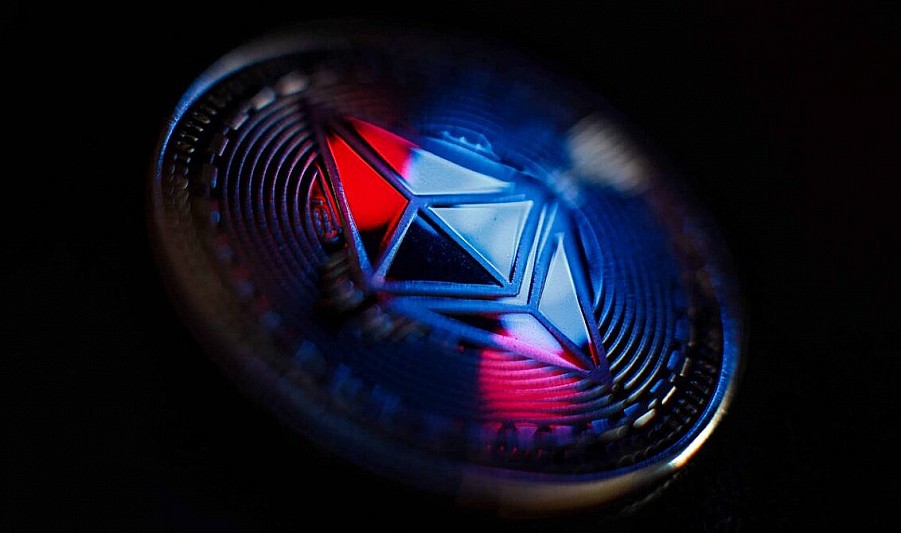Ethereum Gets Serious About Security with New Roadmap and Leadership Changes
12.06.2025 8:00 1 min. read Alexander Stefanov
The Ethereum Foundation has launched an ambitious security initiative aimed at strengthening the blockchain’s infrastructure as it moves toward global financial integration.
The program, known as “Trillion Dollar Security,” is designed to pinpoint and address systemic vulnerabilities that could undermine Ethereum’s future.
The Foundation’s first public assessment highlights six areas demanding urgent attention: smart contract safety, user interface weaknesses, overdependence on centralized infrastructure, consensus protocol robustness, incident response procedures, and system-wide monitoring.
Rather than rushing to solutions, the team is first building a roadmap. This initial report serves as a diagnostic stage. The next phase will involve prioritizing risks and partnering with community developers to tackle the most critical issues.
The initiative arrives amid internal reforms. Ethereum’s core R&D unit recently underwent staffing changes and a leadership overhaul. Aya Miyaguchi, a veteran member of the Foundation, has stepped into the newly created role of president, signaling a fresh era of governance.
As part of this broader reorganization, the Ethereum Foundation also updated its treasury model to better manage resources and respond to critiques of delayed progress. The combined steps reflect a more focused, transparent approach to scaling Ethereum securely and sustainably.
-
1
Cardano and Ethereum Lead in Developer Activity as GitHub Commits Surge
14.07.2025 12:00 1 min. read -
2
German State-Owned Development Bank Issues €100 Million Blockchain Bond
11.07.2025 7:00 2 min. read -
3
Ripple Powers UAE’s First Tokenized Real Estate Project via XRPL
16.07.2025 21:00 2 min. read -
4
Tether Ends Support for Five Blockchains in Infrastructure Shift
12.07.2025 11:30 2 min. read -
5
BNB Chain Upgrades and Token Delistings Reshape Binance Ecosystem
16.07.2025 22:00 2 min. read
Wall Street Moves Onchain: Tokenized Finance Enters its Breakout Era
The tokenization of real-world assets (RWAs) has entered a new phase in 2025—no longer a concept, but a confirmed trajectory.
Vietnam Launches National Blockchain to Digitize Government and Citizen Services
Vietnam has officially launched NDAChain, a national blockchain infrastructure designed to underpin its digital transformation strategy.
Solana Plans 66% Block Upgrade to Boost Network Capacity
Solana developers have introduced a new proposal aimed at pushing the network’s performance even further.
Chainlink Partners With Westpac and Imperium to Tokenize Finance in Australia
Chainlink has announced a major institutional partnership with Westpac Institutional Bank and Imperium Markets as part of Project Acacia—a joint initiative involving the Reserve Bank of Australia and the Digital Finance Cooperative Research Centre (DFCRC).
-
1
Cardano and Ethereum Lead in Developer Activity as GitHub Commits Surge
14.07.2025 12:00 1 min. read -
2
German State-Owned Development Bank Issues €100 Million Blockchain Bond
11.07.2025 7:00 2 min. read -
3
Ripple Powers UAE’s First Tokenized Real Estate Project via XRPL
16.07.2025 21:00 2 min. read -
4
Tether Ends Support for Five Blockchains in Infrastructure Shift
12.07.2025 11:30 2 min. read -
5
BNB Chain Upgrades and Token Delistings Reshape Binance Ecosystem
16.07.2025 22:00 2 min. read


